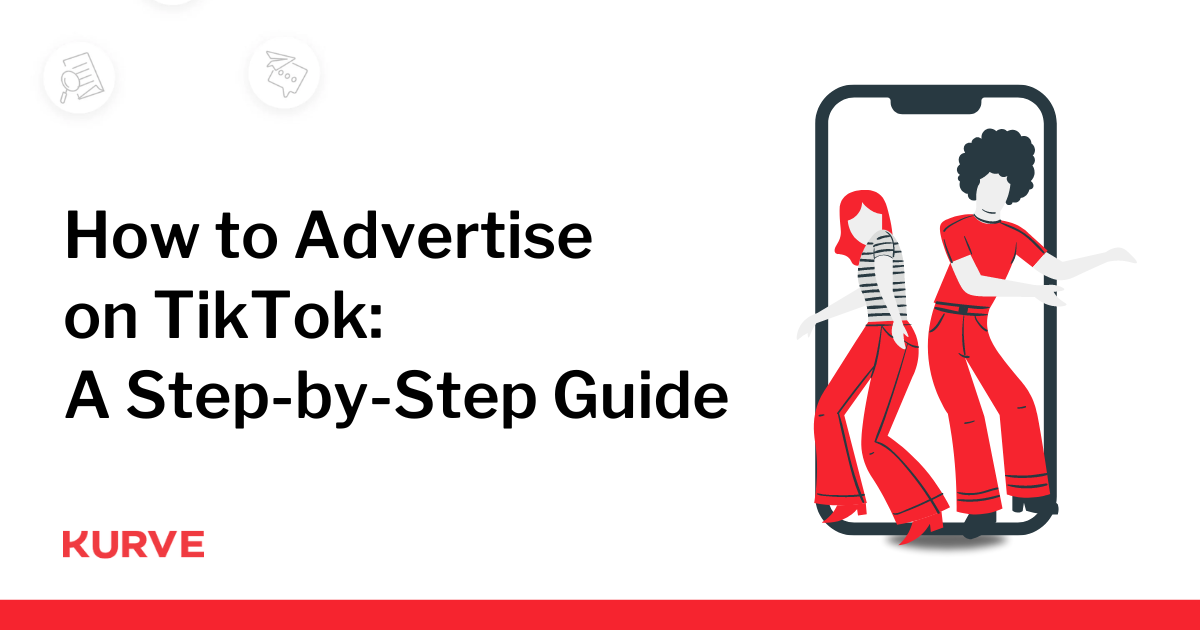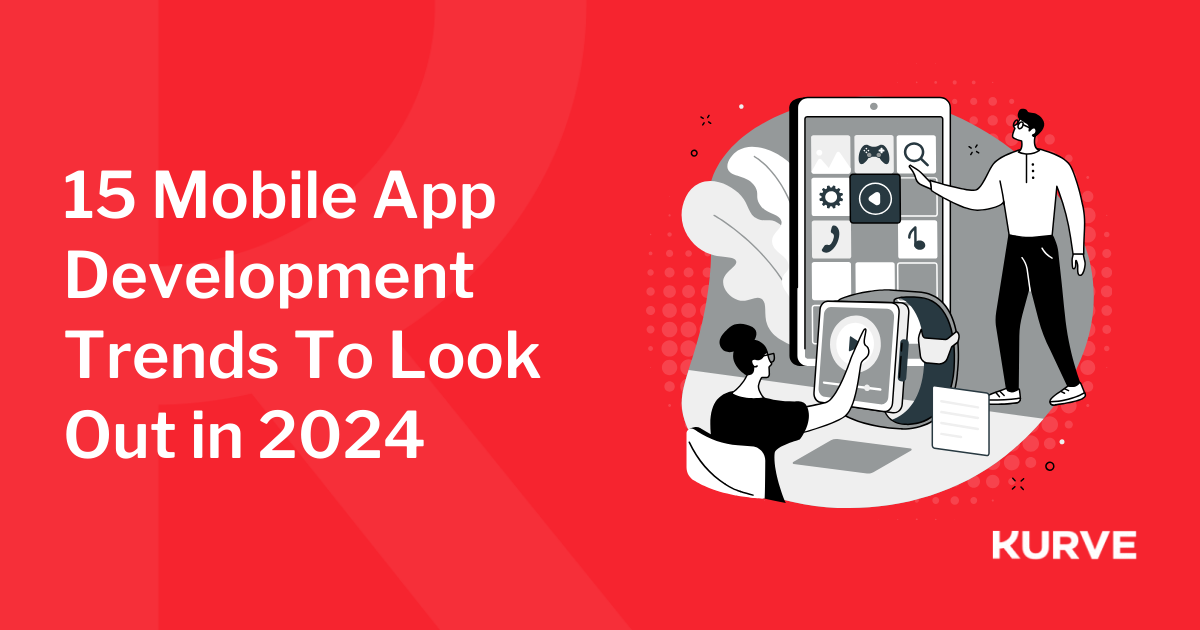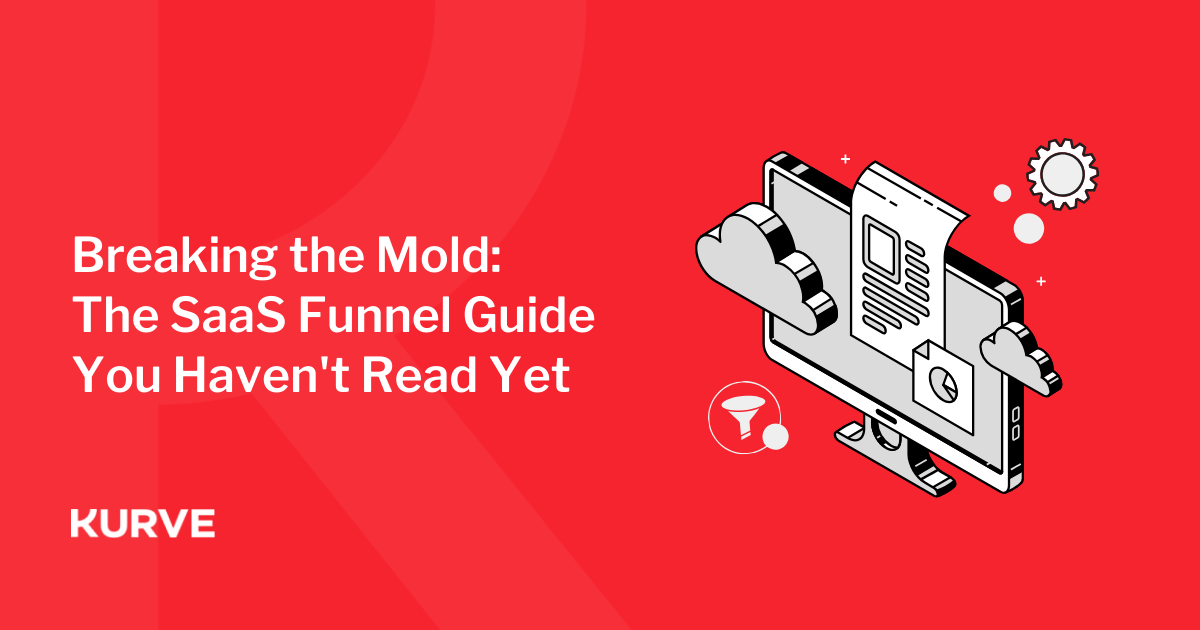Brand-Building vs Direct Response: Where Should You Prioritise Budget?
As an on-demand CMO, I’m often asked about brand-building activity versus conversion-focused optimisation — and where best to spend time, energy, and resources.
I want to be more elaborate than “well, it depends” — but that’s often the case with these types of questions. While there are some rules and best practices that I’ll highlight, each business has variables to consider when it comes to allocating their budget — from business type, maturity, and audience to the respective unit economics of the industry in question.
To give you a steer towards getting the balance right of brand vs direct response in the context of customer acquisition, I’ve noted a few things that you should keep in mind.
Note: Before I delve into my answer in more detail, it’s worth quickly pointing out that each tactic has various synonyms. For example, you might be more familiar with “direct response” as opposed to “conversion-focused” and “generating awareness” instead of “brand-building”.
First, look to acquire people who are in an acute need state
I always advocate for businesses (both B2C and B2B) to focus on an audience in a need state first. Especially if there isn’t a long sales cycle involved. If someone’s looking for you — if they need what you do or the product you sell — they’ll need to be able to find you right now.
This is particularly true if you’re looking to scale up in a competitive environment. Trying to “out-brand” a well-known established competitor is simply throwing good money after bad.
Instead, you need to be savvy with your budget. Exploit fine margins. Look for opportunities. Pluck the low-hanging fruit and muscle in on competitive terms across paid search (e.g. Google Ads) and social (e.g. Facebook and LinkedIn).
Ultimately, you need to generate revenue to facilitate consistent and continued growth. At this stage, you want your digital advertising spend to have a direct attributable return.
But at the same time, don’t ignore brand-building altogether
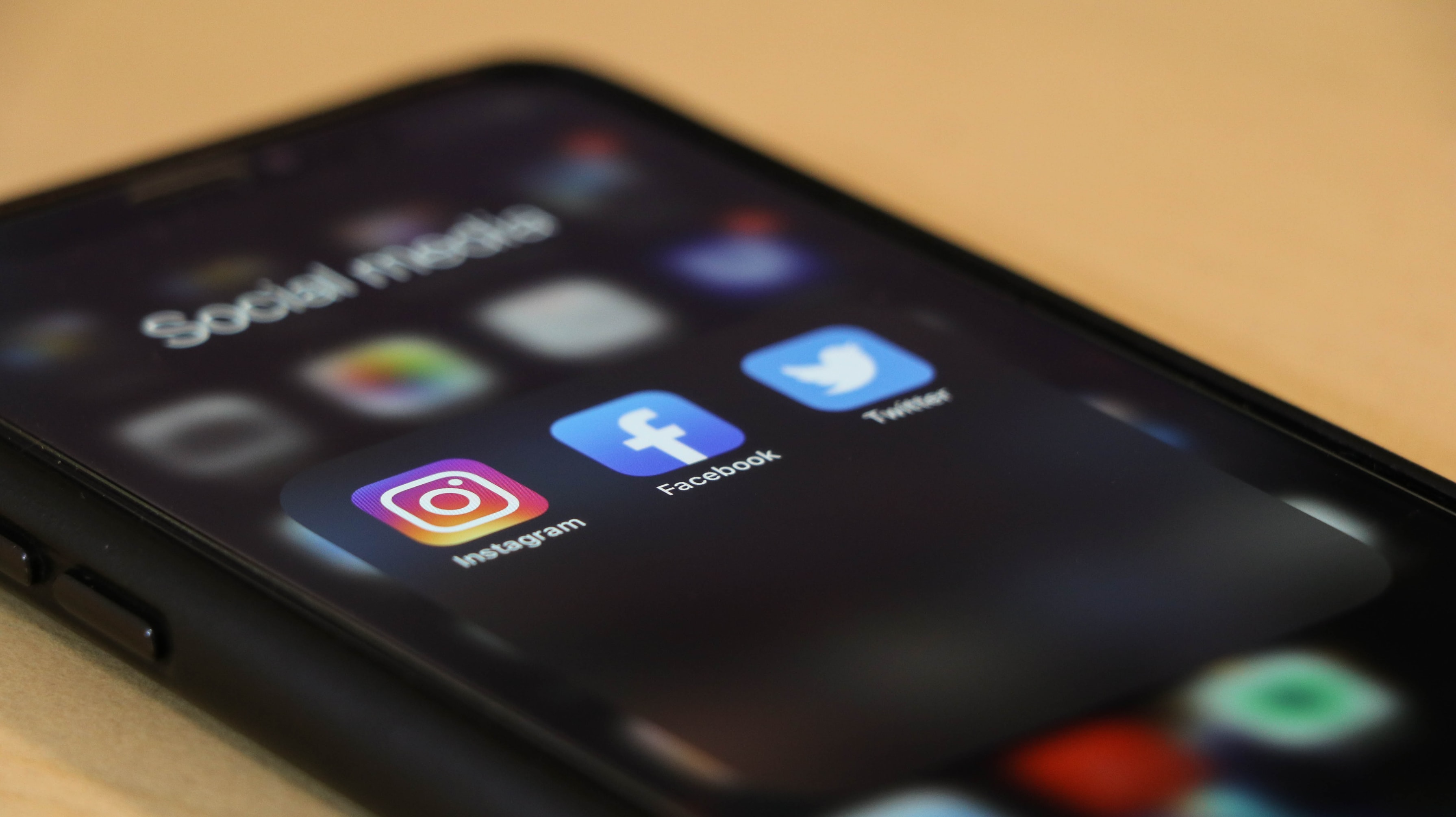
While I always encourage scale-ups and startups to spend the bulk of their early budget on direct response campaigns and acquisition channels, it doesn’t mean you can stick brand-building on the back-burner completely. It still has a role to play in the mix.
Brand-building is something you should be doing alongside your conversion-focused activities, even if you’re not spending significant budget or bandwidth on it. Keep your social channels active and engaging, publish great written/visual content, build your personal brand and the profiles of your key team members, and take an active role in conversations around your niche.
While expensive above-the-line ad placements (e.g. slots on TV or posters on the tube) will be out of scope at this stage (note: I’ve seen way too many businesses invest too early here, and it can be a costly mistake), low-level brand-building — and reaching awareness-stage audiences — can be achieved through consistent value-focused marketing, partnerships, etc.
[caption id="attachment_32344" align="alignright" width="300"]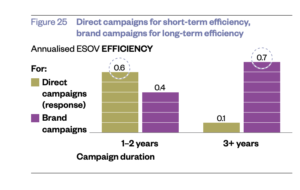 Source: The Long and the Short of It (IPA)[/caption]
Source: The Long and the Short of It (IPA)[/caption]
One important thing to remember: long-term brand-building may influence the effectiveness of your direct response ads, due to the benefits of you having established trust, familiarity, and even loyalty. But it doesn’t work the other way around.
Your creatives are disproportionately important for the process of building your brand. And because of the action-oriented nature of direct response ads and the lack of space for narrative and value-led messaging, they are unlikely to contribute meaningfully to your brand-building.
And when the time comes, ramp up your awareness activities
Once you’ve maxed-out the efficiencies across your proven direct response channels, and you want to scale your growth to new heights, it makes sense to shift more of your budget from the warm, need-state audience to their colder, less-qualified counterparts.
This approach should feed into the more “traditional” nurturing funnel you already know:
Awareness > Consideration > Decision
This shift can actually occur within the same channels, for example, Facebook Ads. You can switch seamlessly from lead gen campaigns to awareness campaigns — tapping into a demographic or interest-based audience. And you can use lookalike audiences, created by Facebook’s algorithms to reach new people who are not yet aware of your value proposition.
Leads vs. brand — it’s a constant balancing act
It’s important to get the balance right. By veering too much one way or the other, you could negatively impact your growth trajectory, either in the short or long-term.
For instance, if you focus solely on leads at the expense of branding, then when you move beyond the need-state audience, where’s the motivation for those new prospects to convert?
And remember: a brand is the sum of a customer’s entire experience with your service or product. A brand also provokes emotion, and connects beyond the transactional. If you don’t build your brand equity early on in your journey, you won’t make that connection.
Of course, the flip-side is that if you spend all of your time building a brand without focusing on acquisition, you’re chalking up vanity metrics while failing to move prospects through the funnel. Likes, shares, and new followers will mean people know all about who you are and what you stand for, but they’re not putting their hands in their pockets to buy your product.
Final thoughts: Brand-building vs Direct Response Activities
When it comes to deciding where to split your marketing budget, it really does depend.
It depends on your position, your niche, your competitor set, your short and long-term goals, and of course how much money you have to play with.
There’s no avoiding the importance of branding, but if you’re in the early stages and you’re looking to scale, the tube station takeovers and ATL ads can wait. That might work wonders for well-known brands, but if you’re trying to grab a share of the market, you need to connect with those who need you first.
To refine that a bit further:
- For early-stage businesses, while the ideal would be to focus on brand-building, due to the need (and expectation from stakeholders) to drive specific KPIs, I suggest the vast majority should be spent on direct response need-state audiences. Any excess once those targets have been met should be spent on awareness.
- For larger, recognisable, well-established businesses, the recommended ratio to maximise marketing budget is 60/40 in favour of brand-building. This ratio is reflected in a key report by the Institute of Practitioners in Advertising (IPA). Basically, the more mature the business, the more it should aim for this distribution of budget and effort.
This article is based on one of my LinkedIn statuses. If you connect with me over there, you’ll get regular growth marketing insights like these in your feed.
Oren Greenberg has a proven track record for growing startups and scaleups as a strategic on-demand CMO. To speak to Oren about what you can achieve with Kurve as a growth marketing partner, get in touch today .
